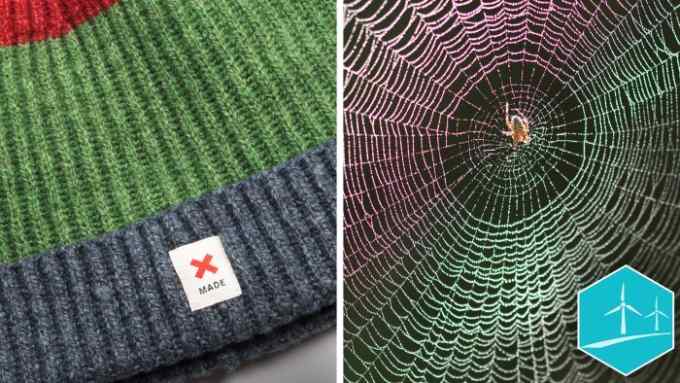Classroom robots stand in for children too ill to go to school
Simply sign up to the Global Economy myFT Digest -- delivered directly to your inbox.
In classrooms around the world, teachers are starting to use robots to enhance learning experiences.
In the United Kingdom, for example, Priors Court school for children and young adults with autism has been using an interactive humanoid robot, named Steve, to help pupils develop their social skills. With no facial expressions or tone in its voice, many of the severely autistic children are able to interact with the robot more easily than a human teacher.
Robots are being used to help children with their studies outside of the classroom too. Norwegian start-up No Isolation has created a robot to help children who are unable to attend school due to long-term illness. The robot works as an avatar, sitting in on the class, allowing the pupil to watch and participate at home via a tablet device.
The benefits of robots are also being explored in early years education. Kibo is an open platform that enables children as young as four to build and programme their own robot. It is currently used in schools in the US and Singapore.
50 ideas to change the world
We asked readers, researchers and FT journalists to submit ideas with the potential to change the world. A panel of judges selected the 50 ideas worth looking at in more detail. This third tranche of 30 ideas (listed below) is about new ways to handle information and education. The next 10 ideas, looking at advances in healthcare, will be published on March 5, 2018.
- Holograms
- Scanners to read our minds
- Quantum computing
- All the world’s data stored on DNA
- The next challenges for AI
- Rethinking our sleep schedule
- Personalised learning
- Neural networks allow us to read faces
- Learning to overcome digital distractions
- Robots in the classroom

Comments